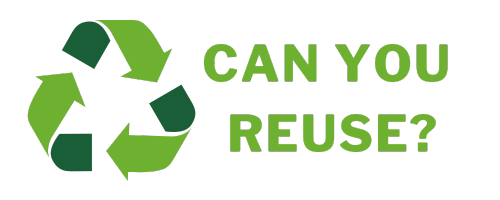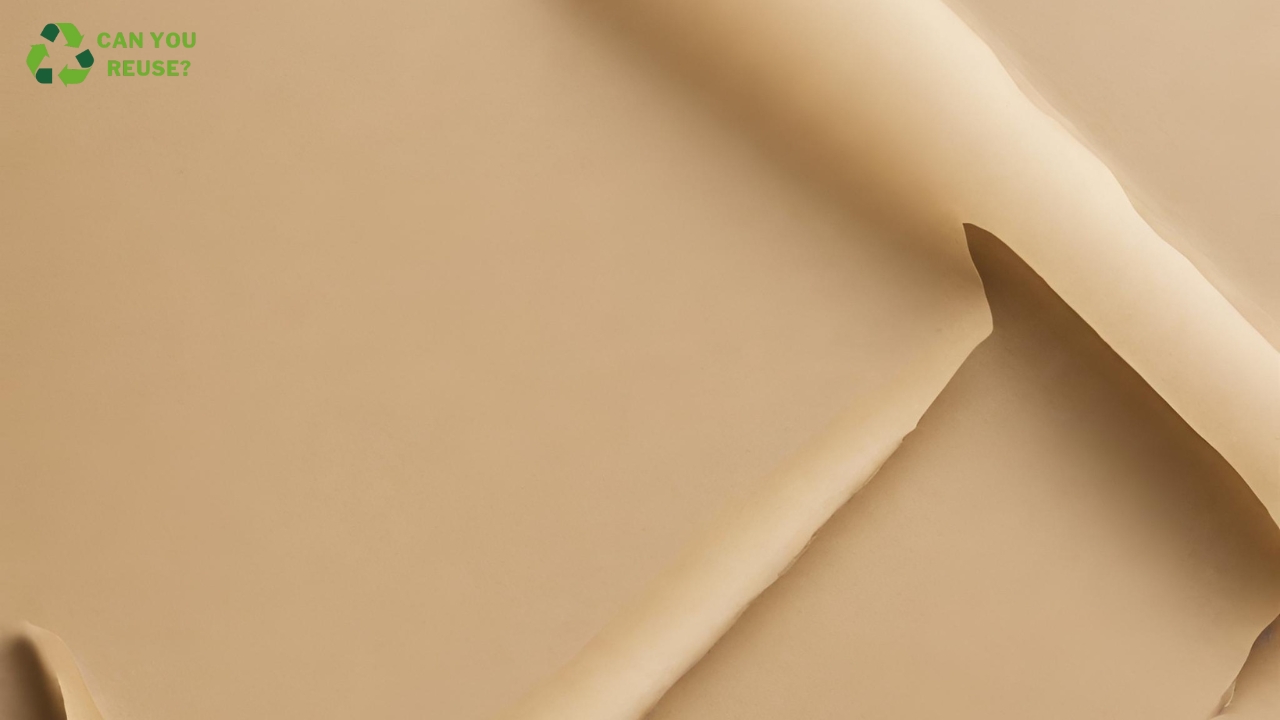Yes, you can reuse parchment paper. This common kitchen item is not just a one-time-use product. In fact, reusing parchment paper can be a smart move for both your wallet and the environment.
Why Reuse Parchment Paper?
Parchment paper is coated with silicone, which makes it water-resistant, non-stick, and temperature-resistant. However, this silicone coating also means that parchment paper is not recyclable or compostable. By reusing parchment paper, you can reduce waste and make the most out of each sheet.
How to Reuse Parchment Paper
After baking, if your parchment paper is marked with grease stains or crumbs, don’t worry. You can simply wipe it down with a damp paper towel or a reusable cloth. As long as the parchment paper stays intact, has no odors, and is clean, you can reuse it.

When to Replace Parchment Paper
The paper should be replaced once it starts darkening due to heat, as this indicates it has exceeded its usefulness. According to Reynolds Kitchens, parchment paper is reusable up to three times. However, if the dough has ingredients that melt onto the paper and cannot be wiped off, it’s recommended to use a new sheet.
Alternatives to Parchment Paper
If you’re looking for alternatives to parchment paper, consider using reusable silicone baking mats. These mats are a safer alternative and can be reused up to 3,000 times. Other substitutes include aluminum foil, wax paper, and Silpat, a well-known silicone baking mat.
How to Clean Parchment Paper After Use
Cleaning parchment paper after use is a straightforward process that can extend the life of this versatile kitchen staple. Here’s how you can ensure your parchment paper is ready for another round of baking or cooking:
- Gently Remove Crumbs and Residue: Start by removing any loose crumbs or baked-on bits from the parchment paper. You can use a soft spatula or a brush to do this without damaging the paper.
- Wipe with a Damp Cloth: If there are any remaining grease spots or small bits of residue, wipe the parchment paper with a damp paper towel or a reusable cloth. Be gentle to avoid tearing the paper.
- Dry the Parchment Paper: After wiping it down, allow the parchment paper to dry completely before storing it. You can lay it flat or hang it up to dry.
- Scrape Off Residue: For any stubborn bits, you can use a bench scraper to gently scrape off the residue without tearing the paper.
- Avoid Water for Oil Stains: If the parchment paper has oil stains, avoid using water as it can spread the stain. Instead, you can try sprinkling a dry cleaning solution like baking soda on the stain, let it sit, and then brush it off.
- Store Properly: Once the parchment paper is clean and dry, store it flat or rolled up in a dry place, so it’s ready for your next use.
Remember, parchment paper should be replaced if it becomes too darkened from heat or if it has absorbed strong odors or flavors that might transfer to other foods. With proper care, you can reuse parchment paper several times, making it a cost-effective and eco-friendly option in the kitchen.
FAQs
Q: Is parchment paper recyclable?
A: No, parchment paper is not recyclable due to the silicone coating.
Q: Can parchment paper be composted?
A: No, parchment paper is not compostable because of the silicone coating.
Q: How many times can you reuse parchment paper?
A: According to Reynolds Kitchens, parchment paper can be reused up to three times.
Q: What can I use instead of parchment paper?
A: Alternatives to parchment paper include reusable silicone baking mats, aluminum foil, and wax paper.
In conclusion, reusing parchment paper is a practical and environmentally friendly practice. So, the next time you bake, remember to save your parchment paper for future use.


Leave a Reply